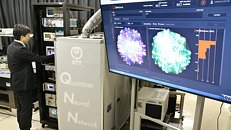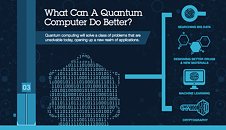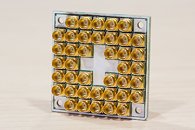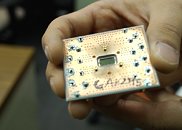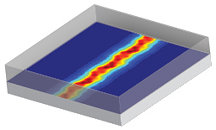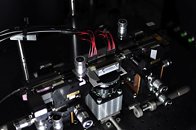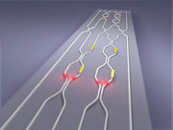
The Future is Quantum: Microsoft Releases Free Preview of Q# Development Kit
So you want to learn how to program a quantum computer. Now, there's a toolkit for that. Microsoft is releasing a free preview version of its Quantum Development Kit, which includes the Q# programming language, a quantum computing simulator and other resources for people who want to start writing applications for a quantum computer. The Q# programming language was built from the ground up specifically for quantum computing.
The Quantum Development Kit, which Microsoft first announced at its Ignite conference in September, is designed for developers who are eager to learn how to program on quantum computers whether or not they are experts in the field of quantum physics. It's deeply integrated into Visual Studio, Microsoft's suite of developer tools, so aspects of it will be familiar to people who are already developing applications in other programming languages. And it's designed to work with a local quantum simulator, also released as part of the kit, that can simulate around 30 logical qubits of quantum computing power using a typical laptop computer. That will allow developers to debug quantum code and test programs on small instances right on their own computers.
The Quantum Development Kit, which Microsoft first announced at its Ignite conference in September, is designed for developers who are eager to learn how to program on quantum computers whether or not they are experts in the field of quantum physics. It's deeply integrated into Visual Studio, Microsoft's suite of developer tools, so aspects of it will be familiar to people who are already developing applications in other programming languages. And it's designed to work with a local quantum simulator, also released as part of the kit, that can simulate around 30 logical qubits of quantum computing power using a typical laptop computer. That will allow developers to debug quantum code and test programs on small instances right on their own computers.



